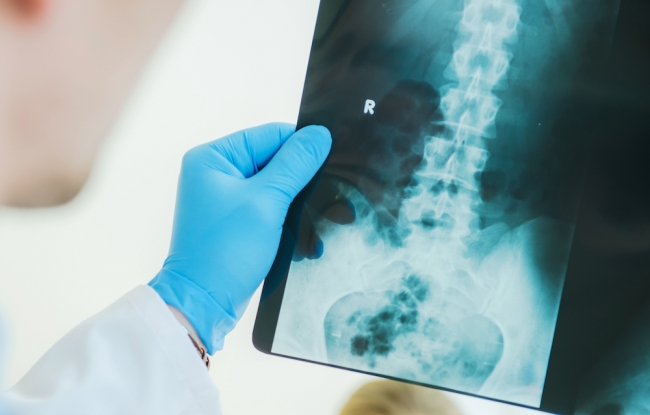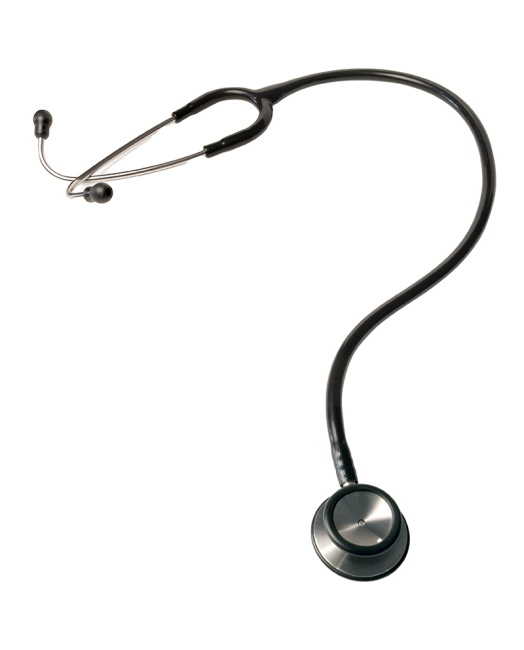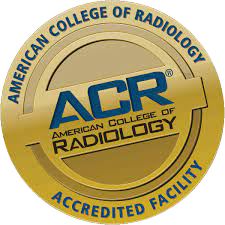Springhill Medical Center Radiology is committed to quality and customer service. We take patient safety seriously and are always weighing the benefits and risks of our imaging procedures.
What are the Risks of Radiation Exposure?
The clinical benefit of imaging exams almost always outweighs any risks, which are usually minimal. When it comes to your healthcare, it is always best to be informed.
All of us are exposed to radiation every day. According to the National Council on Radiation Protection and Measurements (NCRP), the average annual radiation exposure per person in the U.S. is 620 millirem, 55% of which comes from natural sources including elevation, soil, rocks, radon gas, or plane trips. Another 48% comes from medical procedures.
Below are some common imaging procedures and the radiation risks associated with them.
- MRI — No risk. Magnetic Resonance Imaging does NOT use radiation to image patients.
- Ultrasound — No risk. Ultrasound does NOT use radiation to image patients.
- X-ray — A mild dose. A chest x-ray dose is comparable to the radiation one might receive on a cross country plane trip.
- Mammogram — A mild dose. The radiation risk is similar to the annual radioactivity naturally produced by the average person’s body.
- CT — Total radiation exposure varies greatly by each CT procedure. A Computed Tomography scan requires more radiation than an x-ray, however it also provides a more detailed picture. The clinical benefit for diagnosis may outweigh the radiation risk; patients and their referring physician should consider the risks and benefits before proceeding. A typical chest CT is comparable to the radiation exposure from radon gas annually emitted in the average home.
- Nuclear Medicine Scans — Small amounts. Nuclear medicine scans use small amounts of radioactive materials which are either injected, swallowed or inhaled to help target the area of the body being pictured and diagnosed. The radiation risks are similar to that of an x-ray.
What Questions do I ask my Physician?
Over utilization of imaging studies is a common concern among healthcare providers in regards to radiation exposure today. Balance is the key when looking at the risk and benefit of imaging services that use radiation. This is an important conversation between patient and physician with questions such as these leading the conversation (from the “Radiology Safety” section of the ACR website):
- Why do I need this imaging exam?
- How will this imaging exam improve my health care?
- Are there alternatives that do not use radiation which are equally as good?
- Is the facility where I am scheduled for the exam accredited by an official organization (i.e. TJC, ACR)?
- Does the physician ordering the scan have a financial interest in the facility providing the exam (i.e. do they directly profit from ordering the scan)?
- Are the technologists at the facility certified?
How Does Springhill Limit Radiation Exposure?
Our efforts to ensure our patients receive safe amounts of radiation needed for a quality image include hiring the most qualified team and maintaining criteria for important accreditations, such as:
- All radiologists are board-certified and have extensive training in techniques that minimize radiation exposure.
- Our imaging technologists are nationally registered.
- Our CT imaging units are accredited by the ACR, meaning the equipment is calibrated and monitored to ensure radiation exposure is limited.
- We adjust the radiation exposure for each CT based on the size of the patient – this allows us to minimize radiation doses.
- Our technologists participate in the ACR’s “Image Gently” and “Image Wisely” campaigns, an Alliance of Radiation Safety in Pediatric Imaging initiative to increase awareness of opportunities to lower radiation imaging doses.
- Our radiologists are actively involved in the ACR and the American Board of Radiology, so they can monitor new trends for radiation dosing and implement new standards and guidelines as quickly as possible.
- All of our imaging equipment is inspected at least annually by a Certified Diagnostic Medical Physicist.


